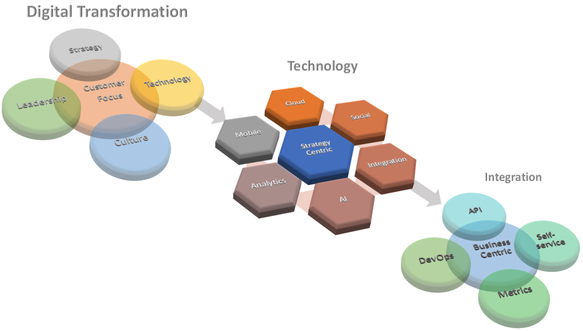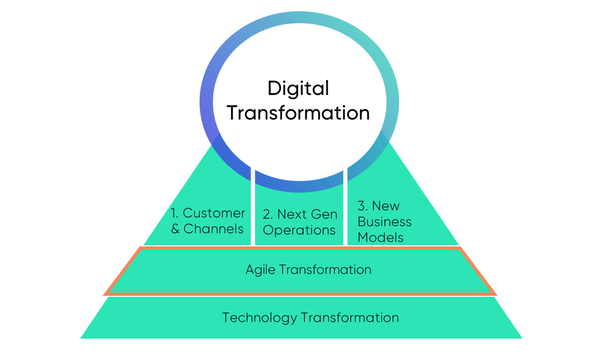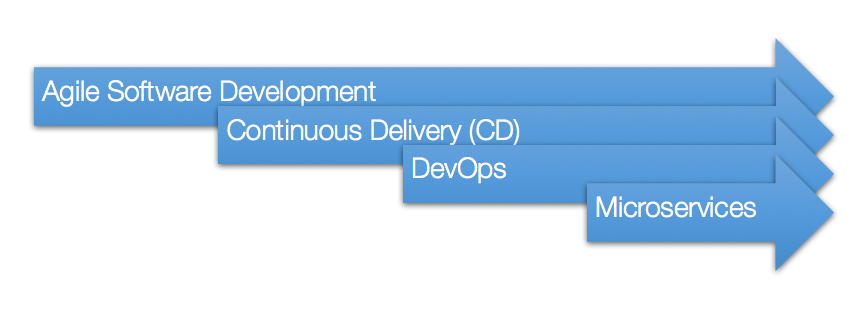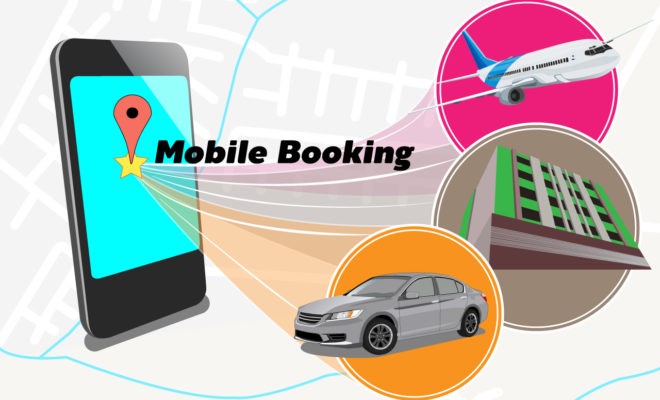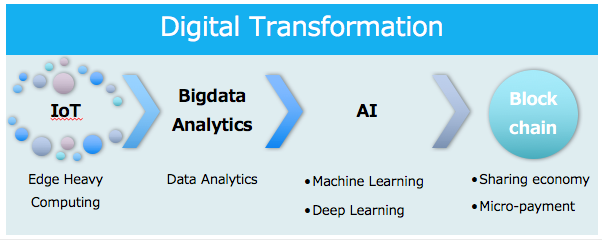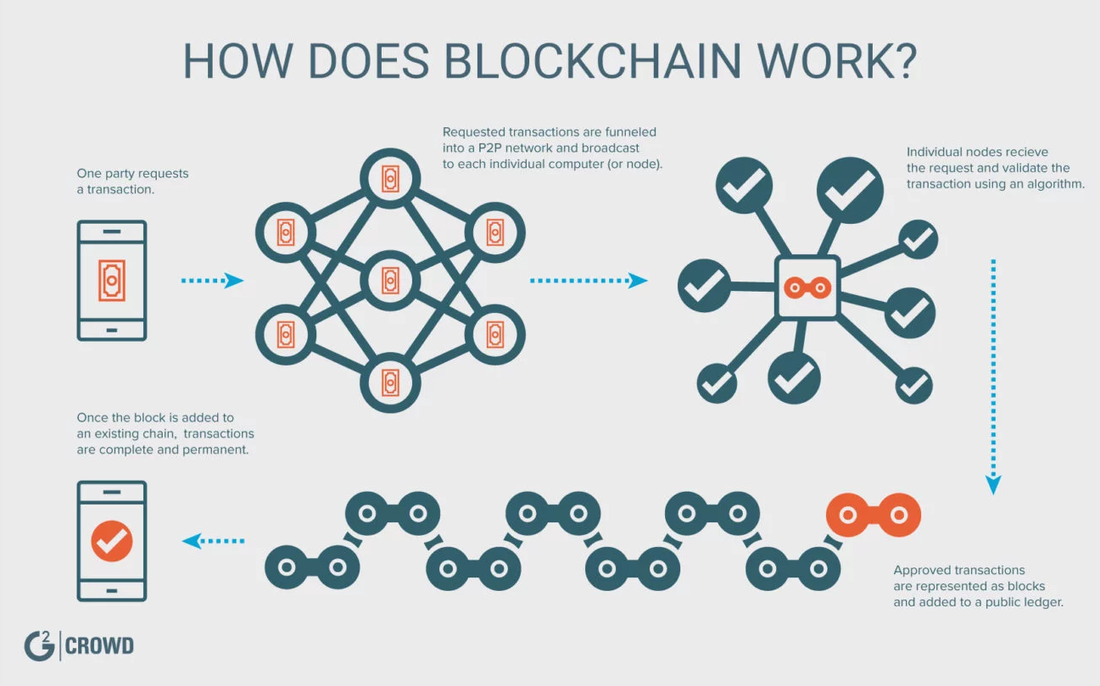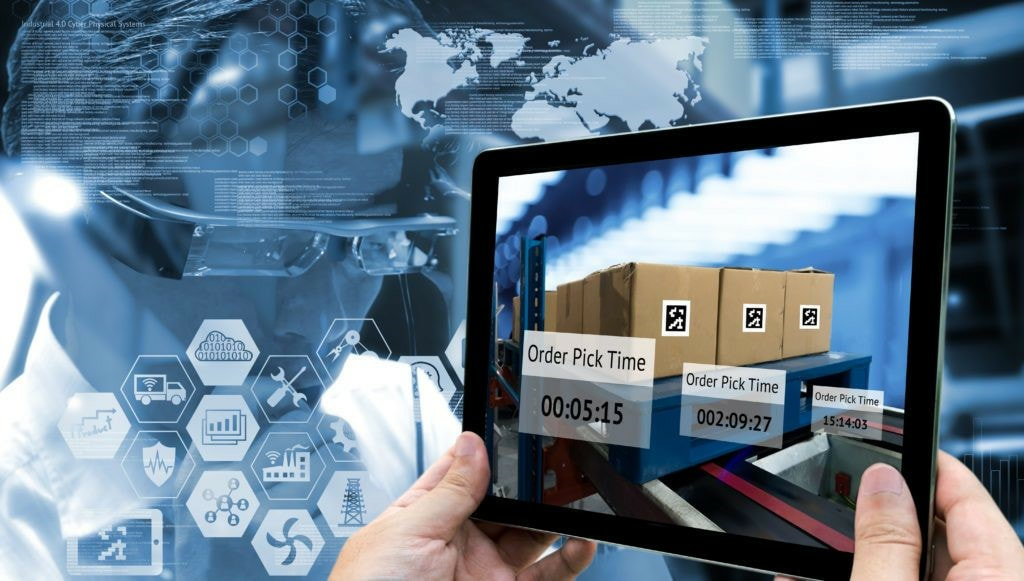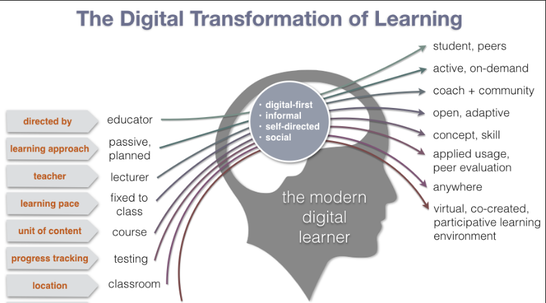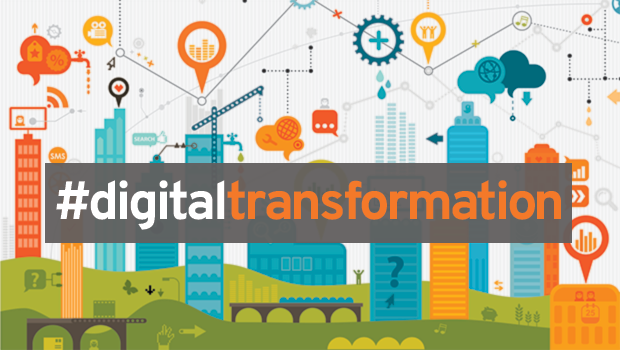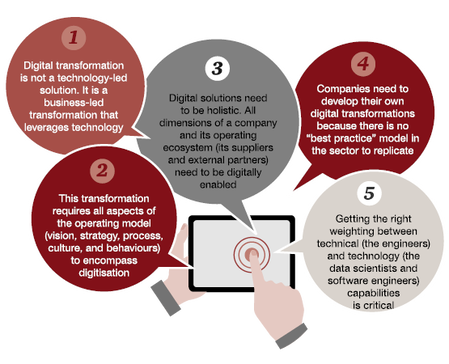Today’s world is fast-paced and constantly evolving. Man has come a long way since the discovery of fire and the invention of a wheel. The power of technology in this day and age is exponential in personal, daily lives as well as in the business world.
During these transitions, friction and complications can arise between developmental and operational teams. To avoid these and to aim for a smooth digital transition, the DevOps approach helps bring the development and operations team together. It is more than methodology for a software development. It is a necessary culture to meet the needs to companies developing:
- Software
- Websites
- Applications
Requirements of the digital world are fast changing. Software needs to be developed at a quick pace, marketed faster and it must be easy to update and fix glitches and bugs. This is not only the responsibility of the software developers. The operations team is equally needed to deploy and monitor new applications. This led to the DevOps approach.
This approach helps the company go beyond everything purely technical and helps ensure all levels of the company are involved and the key to success is communication. This way the whole company is working towards the success of the product not just the success of their job or involvement in the matter.
Source: https://www.combell.com/en/blog/what-is-devops-and-why-is-it-so-important/
DevOps are rapidly spreading through the community and this approach is attracting more and more companies to embrace it. An approach which unites teams and does not treat them as isolated entities ensures fewer conflicts as well.
Why is DevOps Important?
“DevOps is a software development and application delivery method that takes a collaborative and integrated approach between application development (the Dev) and application operations (the Ops). The goal of DevOps is to deliver applications faster, at an increased frequency and with a lower failure rate.”
Source: https://kemptechnologies.com/ca/devops-tools-resources/
Effective utilization of the DevOps approach helps promote a healthy environment which encourages shared responsibility and accountability between teams leading to a high performing organization. Let us take a look at 5 top reasons why DevOps is important:
Shorter Development Cycle, Faster Innovation
When teams work independently or in separate silos, it is difficult to tell if an application is ready. There are needless delays. With a combined development and operations team, apps are ready a lot quicker which helps the companies innovate faster than their market competitors.
Shorter development cycle means the product comes to market a lot faster and hence it gives the company an upper hand in the market.
Reduce Implementation Failure, Rollbacks and Recovery Time
One of the reasons a team faces deployment failure is due to programing defects, bugs or glitches. Shorter development cycles promote more frequent code version, updates and releases, making it easier to spot shortcomings.
These implementation or deployment failures can be reduced with the help of the agile approach which allows collaboration and modular programming. This also makes it possible to manage rollbacks since only few modules get affected.
Recovery time is a critical issues as some failure is expected, but how quickly that failure can be rectified and recovered is a challenge during development. With the DevOps method, recovery is much faster as the teams for development and operations are already working together.
Healthier Communication and Cooperation
DevOps approach helps to improve the software development culture as combined teams are happier and more productive. The organizational culture is more focused on performance as a whole and not just on individual goals.
When a team trusts the other teams it becomes possible to experiment, innovate and produce market ready products faster. The operations team is no longer waiting for the development team and it can troubleshoot to fix problems as necessary. The key performance indicators can also be aligned and outlined accordingly.
With this healthy flow of information between the teams, the organization runs more effortlessly and the processes become more seamless as the organization works together towards a common goal.
An increase in the company’s efficiency and competency helps to speed up the developmental process and reduce the rate of errors. Continuous use of servers can be automated. For example, the process of testing a code. This reduces the amount of manual work required, helping the engineers focus on other tasks.
Speeding up tools help increase efficiency like parallel workflows can be embedded into the continuous delivery chain to avoid delays. One cloud based server or environment reduces time in transferring data from one environment to another.
Decrease Costs and IT Staff
DevOps doesn’t only increase the pace of hange but since business is growing fast, the market is also changing rapidly. The company assess cultural, people, process and technology capacities to meet business goals. DevOps helps us to do things faster at higher quality. By automating testing, multiple man days of effort come down to an overnight hands-free process. Also, all the combined benefits of DevOps ensure a drop in general costs and requirements of IT personnel.
Final Thoughts
The growing automation and toolchain approach, the need for agile processes and development and operations collaboration along with implementations of ITIL and ITSM brought together principles, processes and practices and hence DevOps approach emerged.
Source: https://theagileadmin.com/what-is-devops/
Most of the businesses have adopted DevOps at a rapid rate and organizations are eager to take advantage of the faster delivery, better innovation and performance focused employee team method. DevOps is no more than a set of processes that coordinate and unify teams and processes to enhance software development.
In order to make DevOps work for the company, you need a partner who can help and if you would like to discuss how with the App Scoop Vancouver mobile app developers and development team, you can contact us on: https://app-scoop.com/contact-us.html





